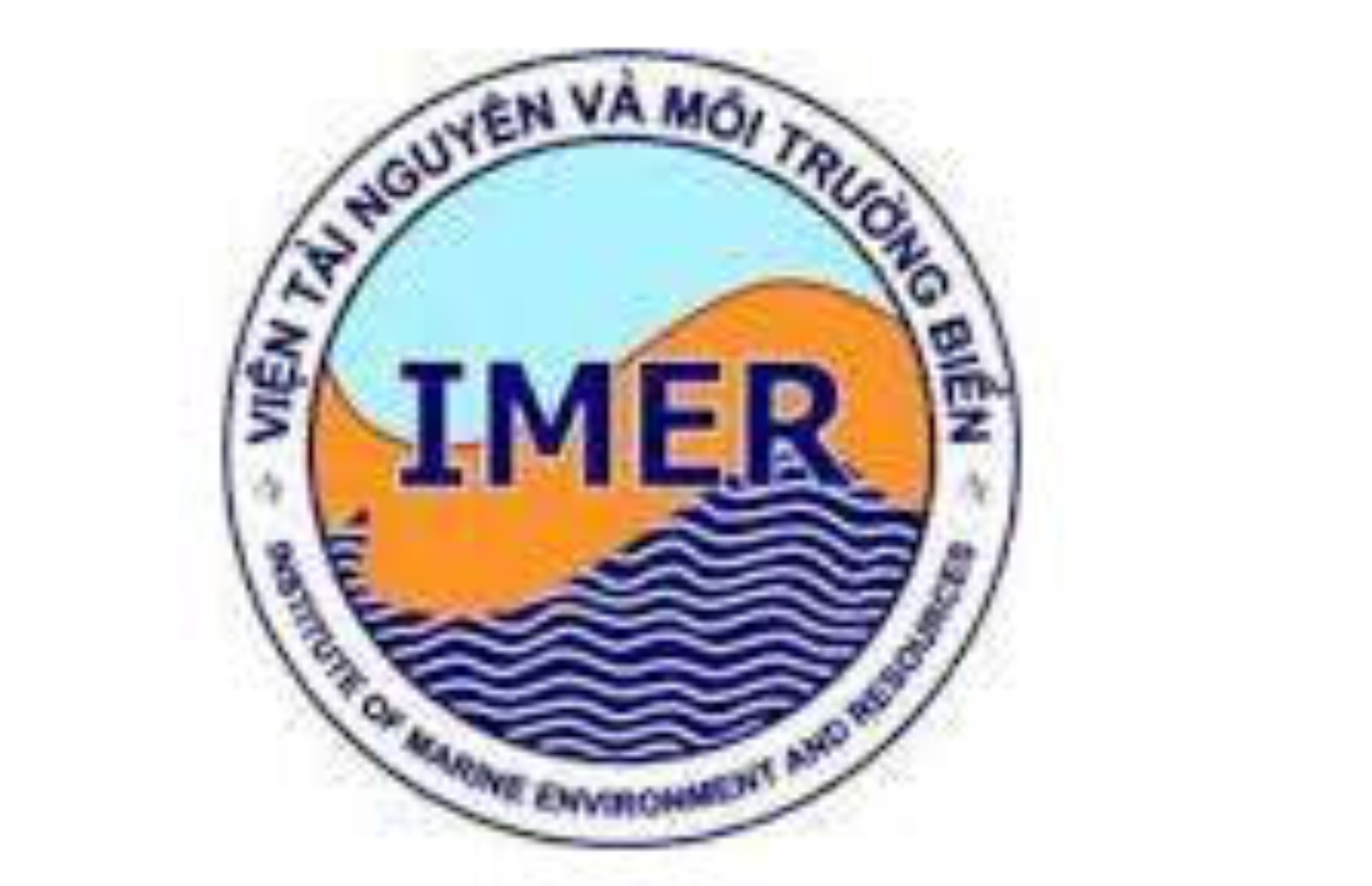CFD results on hydrodynamic performances of a marine propeller
Author affiliations
DOI:
https://doi.org/10.15625/1859-3097/19/3/13246Keywords:
CFD, rudder, blade pitch, propeller, hydrodynamic.Abstract
In this work, the commercial Computational Fluid Dynamics (CFD), ANSYS-Fluent V.14.5 has been used to illustrate the effects of rudder and blade pitch on hydrodynamic performances of a propeller. At first, the characteristic curves of a container ship propeller are computed. Then, effects of rudder on hydrodynamic performances of the propeller in the both cases of the propeller with and without rudder have been investigated. The relationships between the blade pitch angle and the hydrodynamic performances of the selected referent propeller in this work having designed conditions as diameter of 3.65 m; speed of 200 rpm; average pitch of 2.459 m and the boss ratio of 0.1730. Using CFD, the characteristic curves of the marine propeller, pressure distribution, velocity distribution around propeller and the efficiency of the propeller have been shown. From the obtained results, the effects of rudder and blade pitch angle on hydrodynamic performances of the propeller have been evaluated.Downloads
Metrics
References
Wang, Z., Xiong, Y., and Qi, W., 2012. Numerical prediction of contra-rotating propellers’ open water performance. Huazhong Keji Daxue Xuebao(Ziran Kexue Ban)/Journal of Huazhong University of Science and Technology(Nature Science Edition), 40(11). 77–88.
Bosschers, J., Vaz, G. N. V. B., Starke, A. R., and van Wijngaarden, E., 2008. Computational analysis of propeller sheet cavitation and propeller-ship interaction. In Proceedings of the RINA Conference “MARINE CFD2008”, Southampton, UK (pp. 26–27).
Watanabe, T., Kawamura, T., Takekoshi, Y., Maeda, M., and Rhee, S. H., 2003. Simulation of steady and unsteady cavitation on a marine propeller using a RANS CFD code. In Proceedings of The Fifth International Symposium on Cavitation.
Chen, Z., 2015. CFD Investigation in Scale Effects on Propellers with Different Blade Area Ratio. The master thesis at Aalesund University College, 2015. Pp. 1–71.
Ji, B., Luo, X. W., Wu, Y. L., Liu, S. H., Xu, H. Y., and Oshima, A., 2010. Numerical investigation of unsteady cavitating turbulent flow around a full scale marine propeller. Journal of Hydrodynamics, Ser. B, 22(5), 747–752. Doi: 10.1016/s1001-6058(10)60025-x.
Banik, A., and Ullah, M. R., 2017. Computation of Hydrodynamic Characteristics of A Marine Propeller Using Induction Factor Method Based on Normal Induced Velocity. Procedia engineering, 194, 120–127.
Hu, J., Li, T., Lin, Y., Ji, Z., and Du X., 2017. Numerical simulation of open water performance of B series of contra-rotating propellers based on RANS methods. Journal of Dalian University of Technology, 57(2), 148–156.
Lin Y., Rao Z., Yang C., 2017. Hydrodynamic optimization of a seven-bladed propeller with skew. Journal of Shipbuilding of China, 57(4), 1–13.
Ommundsen, A., 2015. Unconventional Propeller Tip Design. In Norwegian University of Science and Technology.
Belhenniche, S., Aounallah, M., Omar, I., and Çelik, F., 2016. Effect of geometric configurations on hydrodynamic performance assessment of a marine propeller. Brodogradnja: Teorija i praksa brodogradnje i pomorske tehnike, 67(4), 31–48. Doi: 10.21278/brod67403.
Brizzolara, S., Gaggero, S., and Grassi, D., 2013. Hub effect in propeller design and analysis. In Third International Symposium on Marine Propulsors
(pp. 110–119).
Ghasemi, H., 2009. The effect of wake flow and skew angle on the ship propeller performance.
Kuiper, G., 2010. New developments and propeller design. Journal of Hydrodynamics, Ser. B, 22(5), 7–16. Doi:10.1016/s1001-6058(09)60161-x.
Ngo, V. H., Le, T. T., Le, Q., and Ikeda, Y., 2015. A study on interaction effects on hydrodynamic performance of a system rudder-propeller by distant gap. Proceedings of the 12th International Marine Design Conference, Tokyo, Japan. Pp. 179–193.
Ngo, V. H., Le, T. T., and Ikeda, Y., 2016. A study on improving hydrodynamic performances of a system rudder and propeller by attaching a fix plate on the rudder. The 8th Asia-Pacific Workshop on Marine Hydrodynamics - APHydro 2016, Hanoi, Vietnam. Pp. 277–284.
Anh Tuan, P., 2012. Hydrodynamics of Autonomous Underwater Vehicles. Journal of Mechatronics, 1(1), 25–28. Doi:10.1166/jom.2012.1002.
Phan, A. T., 2016. A Study on Hovercraft Resistance Using Numerical Modeling. Applied Mechanics and Materials, 842, 186–190. DOI: https://doi.org/10.4028/www.scientific.net/AMM.842.186.
Carlton, J., 2012. Marine Propellers and Propulsion. Butterworth-Heinemann. ISBN: 9780080971247. Pp. 1–544.
Abbott, I. H., and Von Doenhoff, A. E., 1959. Theory of wing sections, 1959. Google Scholar, 112–115.
Breslin, J. P., and Andersen, P., 1996. Hydrodynamics of ship propellers (Vol. 3). Cambridge University Press.
ANSYS Fluent Theory Guide. 2013. https://www.ansys.com/products/fluids/ansys-fluent.
ITTC, 2011. The proc. of the 26th International Towing Tank Conference, Rio de Janeiro, Brazil, Website: http://ittc.sname.org/proc26/assets/documents/VolumeI/Proceedings-Vol-01.pdf.
Mizzi, K., Demirel, Y. K., Banks, C., Turan, O., Kaklis, P., and Atlar, M., 2017. Design optimisation of Propeller Boss Cap Fins for enhanced propeller performance. Applied Ocean Research, 62, 210–222.
Phan, A. T., 2016. A Study on Hovercraft Resistance Using Numerical Modeling. Applied Mechanics and Materials, 842, 186–190. DOI: https://doi.org/10.4028/www.scientific.net/AMM.842.186
Lee, S. K., 2008. Ice Controllable Pitch Propeller Strength Check Based on IACS Polar Class Rule. In Originally Presented at the Ice Tech Conference Held July
(pp. 20–23).
Van He, N., and Ikeda, Y., 2013. Optimization of bow shape for a non ballast water ship. Journal of Marine Science and Application, 12(3), 251–260. DOI:10.1007/s11804-013-1196-8.
Van He, N., and Ikeda, Y., 2014. Added resistance acting on hull of a non ballast water ship. Journal of Marine Science and Application, 13(1), 11–22. DOI:10.1007/s11804-014-1225-2.
Van He, N., Mizutani, K., and Ikeda, Y., 2016. Reducing air resistance acting on a ship by using interaction effects between the hull and accommodation. Ocean Engineering, 111, 414–423. DOI:10.1016/j.oceaneng.2015.11.023.
Cong, N. C., Loi, L. N., and Van He, N., 2018. A Study on Effects of Blade Pitch on the Hydrodynamic Performances of a Propeller by Using CFD. Journal of Shipping and Ocean Engineering, 8, 36–42. DOI: 10.17265/2159-5879/2018.01.005.
Kinnas, S. A., Tian, Y., and Sharma, A., 2012. Numerical modeling of a marine propeller undergoing surge and heave motion. International Journal of Rotating Machinery, 2012, 257461. https://doi.org/10.1155/2012/257461.
ITTC, 2008. The proc. of the 25th International Towing Tank Conference, Fukuoka, Japan, Website: http://ittc.sname.org/proc25/assets/documents/VolumeI/Proceedings-Vol-01.pdf.









